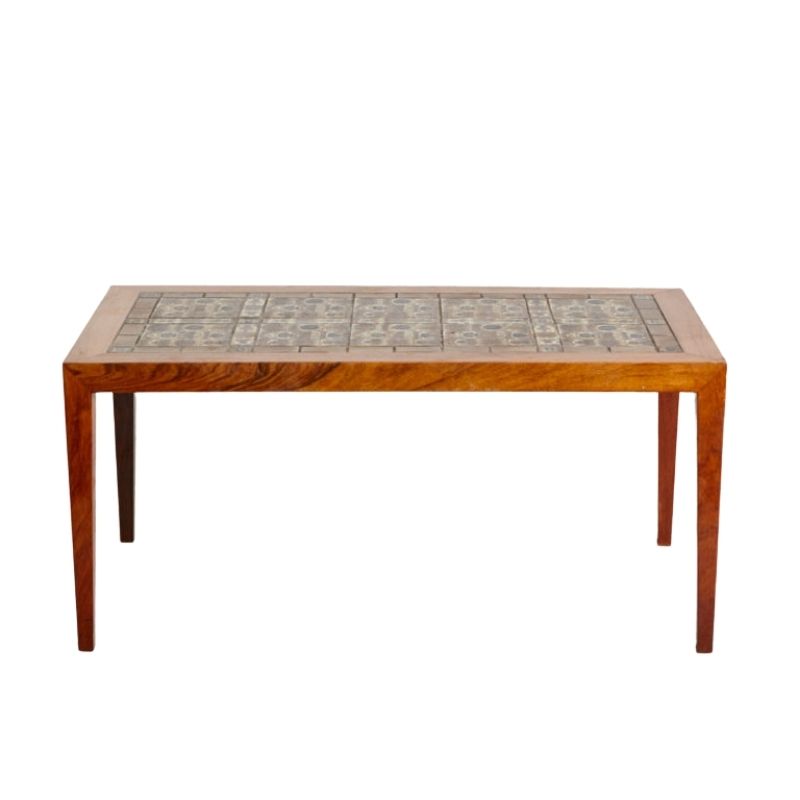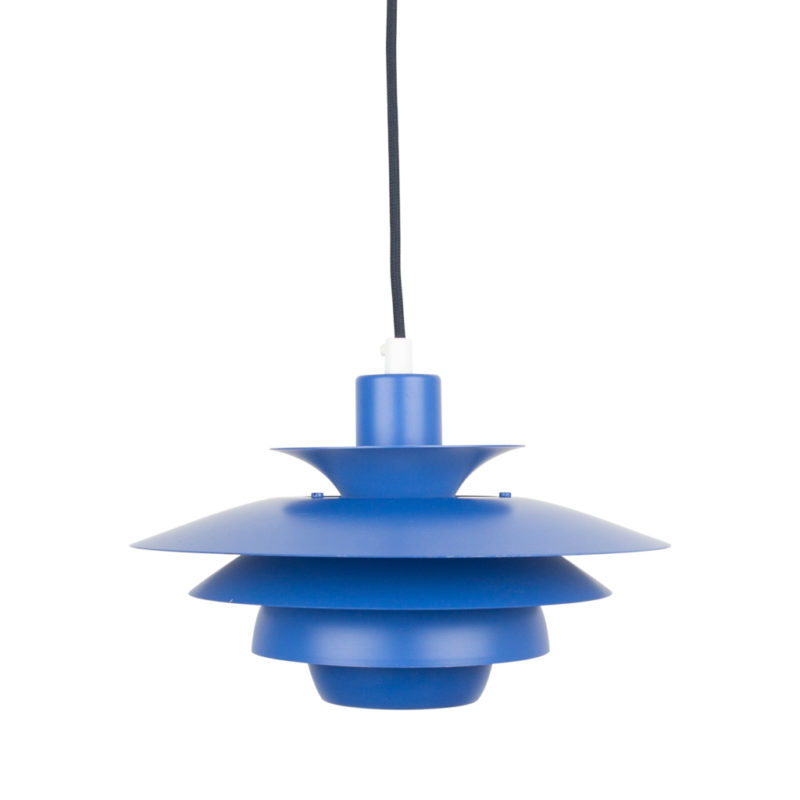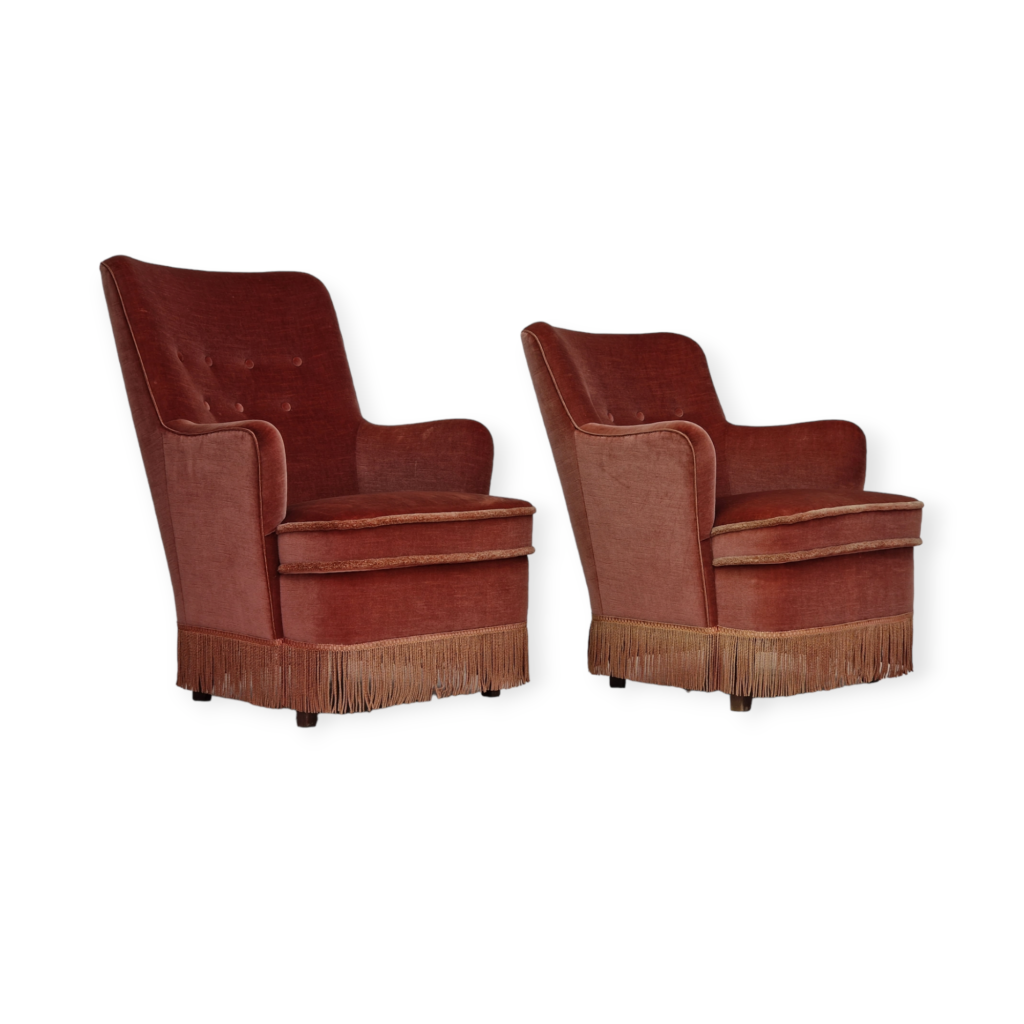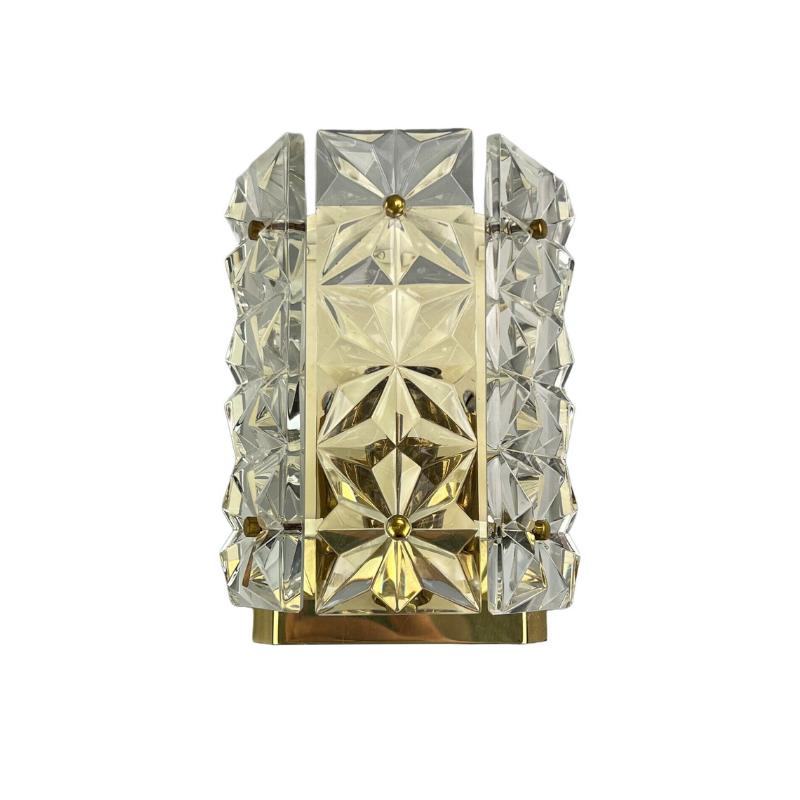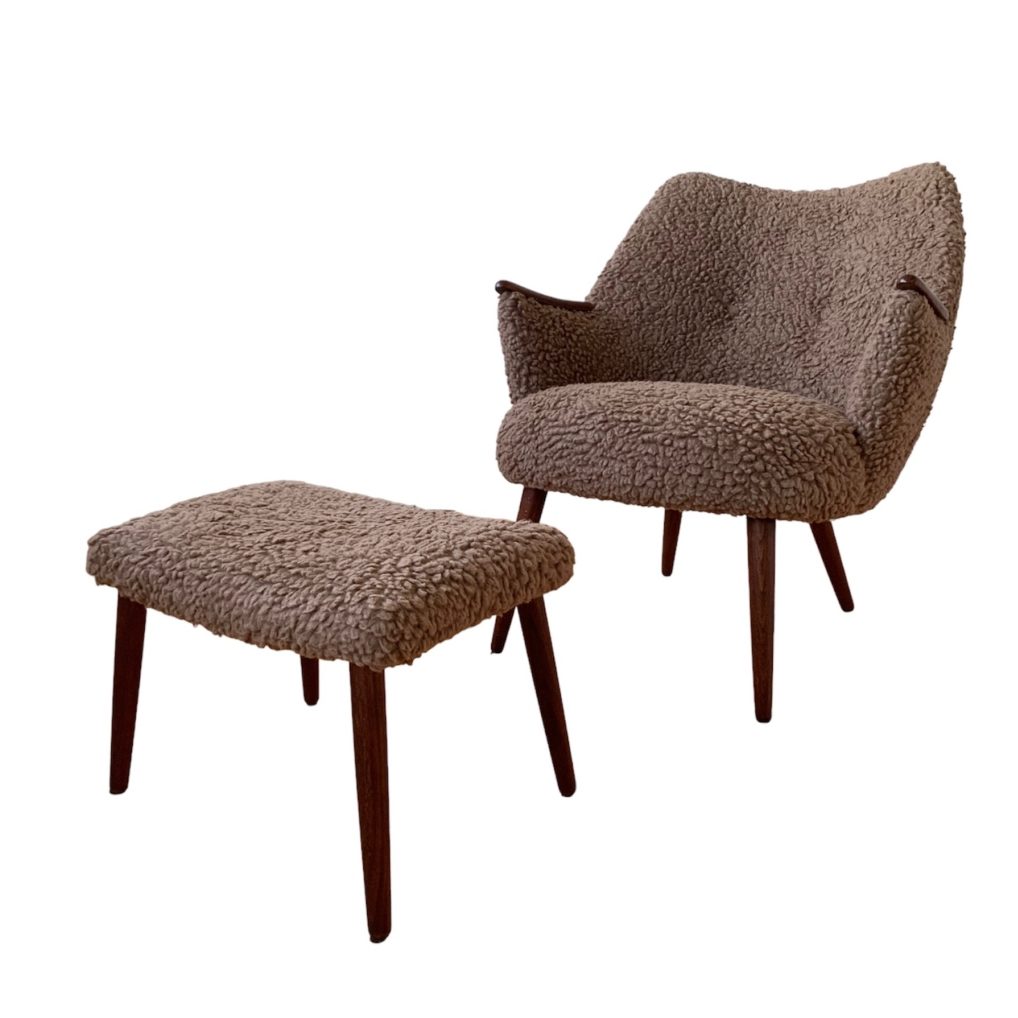I like the oddities and i...
I like the oddities and i like that one.
I would like to see one in person though...
It appears beautifully made and comfort would be important.
i have always liked it. visually anyway.
Hard to position in a home, but i have a spot for it!
Some furniture becomes iconic.
This one is very close.
I am still trying to decide what I think of it...
But I can say this much: it has changed what I thought a chair COULD look like.
I am hoping someone will take a crack at a explaining the aesthetics of it.
Why does it work to the extent that it does.
It is almost ungainly but not quite ungainly.
It is almost tacky, but not quite tacky.
Something is going on with this chair and I don't know what it is, as is so often the case with Mr. Jones and me,
After some contemplation...
and with the assistance of these photographs of the chair in rooms, I've decided that what I like about this chair is that it challenges the conventions of hte angular. This chair distills to a challenge: is curvilinear ever better than angular.
Some other designers have nibbled at this challenge, but they have always retained some linearities in the design. Take any Eames shell chair, or egg chairs, or what have you; they all have some linearity in the design somewhere--most often in the legs, but sometimes from the straight rope that suspends them from the ceiling,
This chair abandons linearity completely in its forms.
The chair poses a second challenge: is a chair made from fewer parts--in this case two--inherently superior to a chair made from 3, or dozens of parts. Put another way, is reduced complexity of parts better or worse. This chair makes the case for less is more--in terms of parts.
I am not convinced that this chair wins on either challenge.
What I am convinced of is that this chair badly needs a house designed by Greg Lynn, or some other designer willing to fully abandon angular linearities to see if it could really work in an interior as something more than a novelty, or counterpoint.
I would like a house designed like this chair with this chair in it, so that I could see if this could be a viable alternative to angular linearity in design.
It is at least worth a try, Mr. Lynn.
some thoughts
My first thought was to let the thread go by and forget about it. Greg Lynn?s chair is like many other early uses of a new technology more about how than about why. Personally I do not care about how a shape is generated. I am not impressed by claims that computers were used; no matter how sophisticated they are. But in this case it brings some kind of regularity to the shapes that dcwilson identifies as some kind of ambivalent aesthetic quality. I think he is right, no matter how badly the original concept is, if you put some geometrical rules to it, it will show as some kind of order in an otherwise chaotic and unorganized shape. But it is just not enough. You can?t let ask the computer to take over where your imagination left off. If you do so, it shows more about your lack of imagination than about your computer skills?.and I suspect that we do not want to sit in some ones computer skills.
I agree with Spanky that the seem-like edge is a strange element, but than again, without it we would get very close to Gaetano Pesce?s ?Up 2000? for B&B (1969). Most style periods have lived through this kind of period, where skill has taken over. That?s the way the Romans sculptors killed the Greek, the Roccoco ended the Renaissance, the pointillists ended the impressionist period. It is called manierism and it rarely produced icons. I prefer the less skilled and more hesitant and modest way by which the edge of the seat of the Eames lounge chair is looking for a connection with the lower back rest?and not really finding it. I also prefer the un-perfection of the Gaetano Pesce chair. But yes, geometry has it?s qualities?.it is just frustrating when that is the only one SERIE UP 2000
If you need any help, please contact us at – info@designaddict.com




